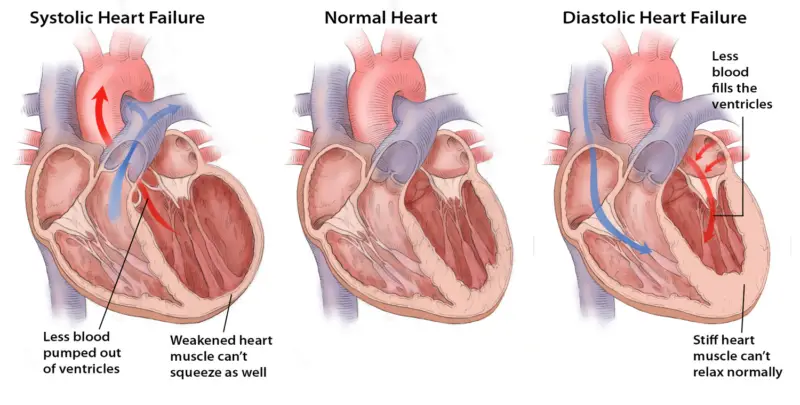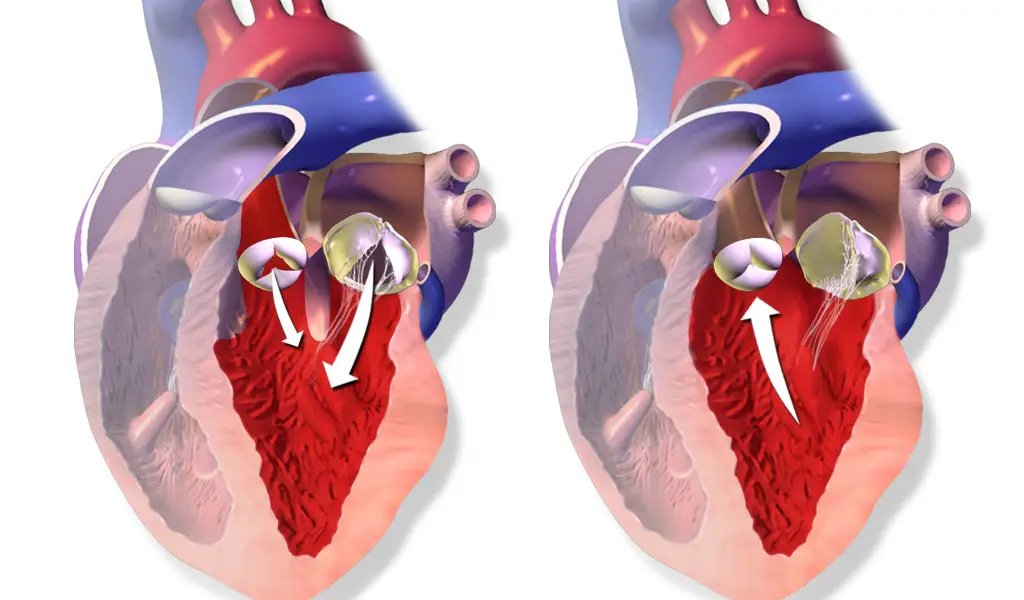Heart Attack versus Heart Failure: Anatomy, Symptoms, Diagnosis, Treatment, and Prognosis [MCAT, USMLE, Biology, Medicine]
Hello there, my friends! In this lesson, we explore heart attacks and heart failure, which are both important and highly common medical conditions. It is important to differentiate between heart attacks and heart failure as they have different clinical presentations and treatment approaches. Let’s compare and contrast these two types in terms of anatomy, symptoms, diagnosis, treatment, and prognosis.















